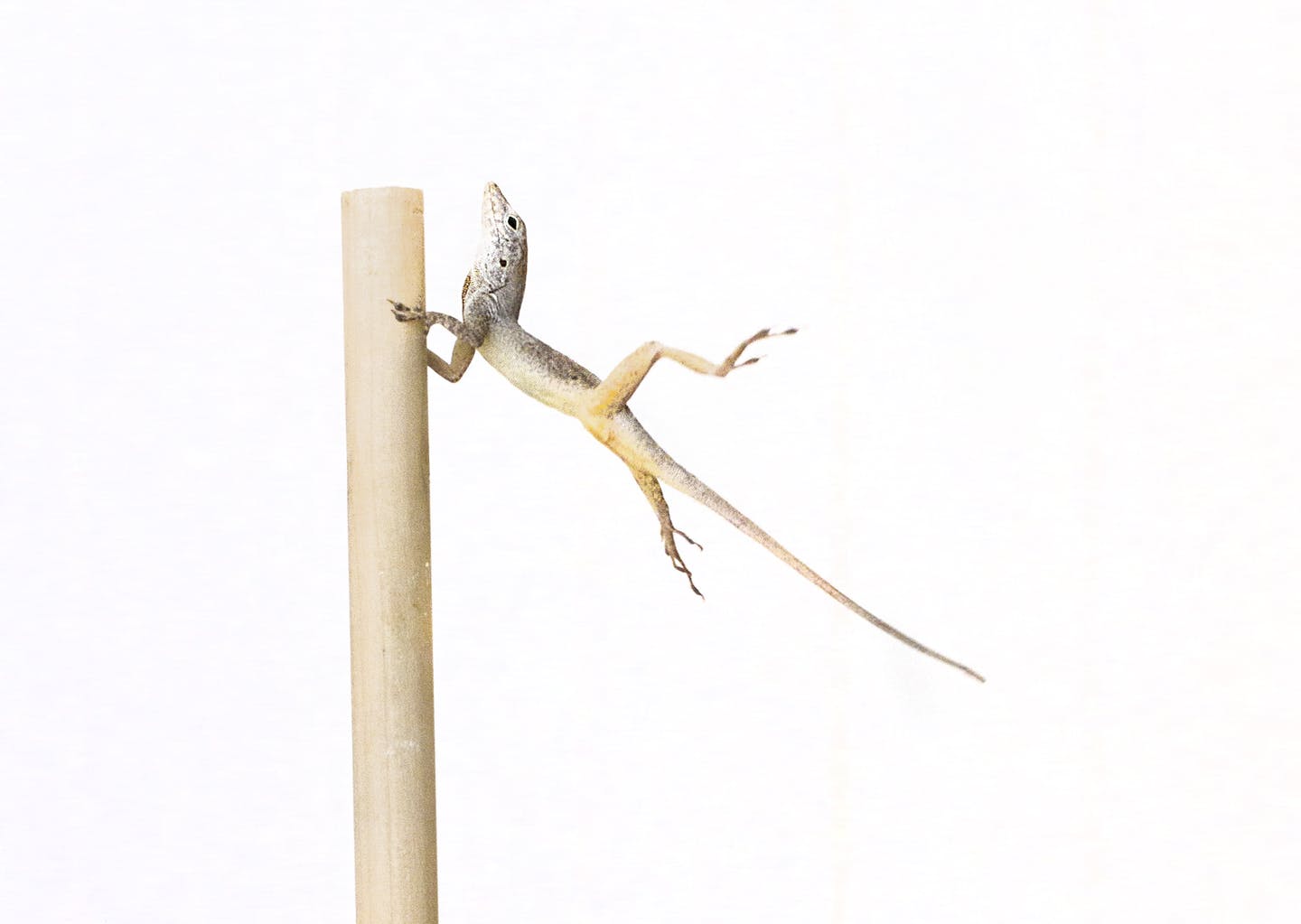Using deep learning to find Murder Hornets (and protect bees!)
Murder Hornets are oversized wasps with a menacing scowl, a venomous stinger, and enough venom to be lethal to humans. But that’s not what has most folks nervous: Murder hornets, also known as Asian giant hornets (Vespa mandarinia), have been attacking honeybees in Asia for quite some time. And now, they have been found in the United States and Canada.
These hornets get their name for their modus operandi: They enter hives and swiftly decapitate the resident bees. According to The New York Times, “The slaughter begins when a worker hornet spots a colony, marks it with a pheromone and then brings a backup crew of between two and 50 others. While a honeybee hive can have thousands of residents, hornets can wipe out the whole population in hours.”
Japanese honeybees “cook” the invading hornets to protect their hive
Bee species that have coexisted with these hornets have developed a defense mechanism: The hive attacks the scout hornet before it has the chance to mark the location of the bee colony and inform the others in their nest of a food source. Researchers from the University of Tokyo reported, “Instead of stinging the hornet, Japanese honeybees form a ‘hot defensive bee ball’ by surrounding the hornet en masse, killing it with heat.”
A video of the bees attacking an Asian giant hornet can be seen here.
Sampling of workers from an artificially formed hot defensive bee ball. (A) Presentation of a wire-hung hornet to the beehive as a decoy. (B) Hundreds of workers form a hot defensive bee ball surrounding the wire-hung giant hornet. (C) Bee ball recovered in a glass beaker. (D) The giant hornet is dead 60 min after the bee ball forms. Image credit: The University of Tokyo
“The honeybee in Japan has adapted with this predator and learned through generations to protect themselves,” Ruthie Danielsen, a beekeeper in Birch Bay, Wash., near where two Asian giant hornets were discovered, told The New York Times. “Our honeybees, the predator has never been there before, so they have no defense.”
Without this defensive tactic, the hornets are hard to stop. Their exoskeleton makes the bee stings ineffective. The hornets can kill a bee every 14 seconds. This is causing panic in northwestern states in the US and Canada, where efforts are underway to protect the honeybees, a crucial pollinator for many of the area’s crops.
Using Deep Learning to locate and track invading hornets
Since the hornets were first found in North America, scientists are working to locate and track the insects before they spread and establish a significant enough presence that it would be nearly impossible to remove them permanently. They’ve set oversized hornet traps, utilized thermal imaging to locate underground colonies, and devised a plan to use RF id tags to monitor a released hornet as it travels back to the colony and queen. These hornets are large enough that they can fly with the trackers attached.
“This is our window to keep it from establishing,” said Chris Looney, an entomologist at the Washington State Department of Agriculture told The New York Times. “If we can’t do it in the next couple of years, it probably can’t be done.”
Locating the wasps is crucial. One colony that was located in Washington State last year was successfully eliminated. But finding a wasp that is one to two inches long among acres of forests and cropland is difficult.
Researchers from Andong National University, South Korea, have developed a new way technology can help: They’ve devised a monitoring system that uses deep learning algorithms, a form of artificial intelligence, to create an autonomous monitoring system. The system uses computer vision and pattern recognition to alert when an Asian giant hornet is observed.
The researchers published a paper detailing a comparison of deep convolutional neural networks (DCNN) algorithms such as AlexNet, VGG19, GoogLeNet, and ResNet50 for the best model selection for the classification of three species of hornets.
Deep Learning Toolbox from MathWorks was utilized to construct four deep convolutional neural networks to be used for performance evaluation. Transfer learning, a deep learning approach in which a model that has been trained for one task is used as a starting point to train a model for a similar task, was used to improve the accuracy and speed of learning.
MATLAB was used for data labeling and pre-processing, as well as for the construction of four deep neural networks and their transfer learning, and later to display graphs comparing the accuracy of the tested DCNN algorithms. The DCNNs were able to reach up to 99% accurate classifications of the various species of hornets.

Accuracy of the classification of hornet species. Image credit: Andong National University
Saving honeybees with technology
A combination of various technologies will be needed to identify and track these hornets before they inflict irreversible damage to the honeybees. Thermal imaging, AI to identify hornet species, and RF tags are being deployed to stop hornet colonies before they become widespread.
 Cleve’s Corner: Cleve Moler on Mathematics and Computing
Cleve’s Corner: Cleve Moler on Mathematics and Computing The MATLAB Blog
The MATLAB Blog Guy on Simulink
Guy on Simulink MATLAB Community
MATLAB Community Artificial Intelligence
Artificial Intelligence Developer Zone
Developer Zone Stuart’s MATLAB Videos
Stuart’s MATLAB Videos Behind the Headlines
Behind the Headlines File Exchange Pick of the Week
File Exchange Pick of the Week Hans on IoT
Hans on IoT Student Lounge
Student Lounge MATLAB ユーザーコミュニティー
MATLAB ユーザーコミュニティー Startups, Accelerators, & Entrepreneurs
Startups, Accelerators, & Entrepreneurs Autonomous Systems
Autonomous Systems Quantitative Finance
Quantitative Finance MATLAB Graphics and App Building
MATLAB Graphics and App Building










Comments
To leave a comment, please click here to sign in to your MathWorks Account or create a new one.